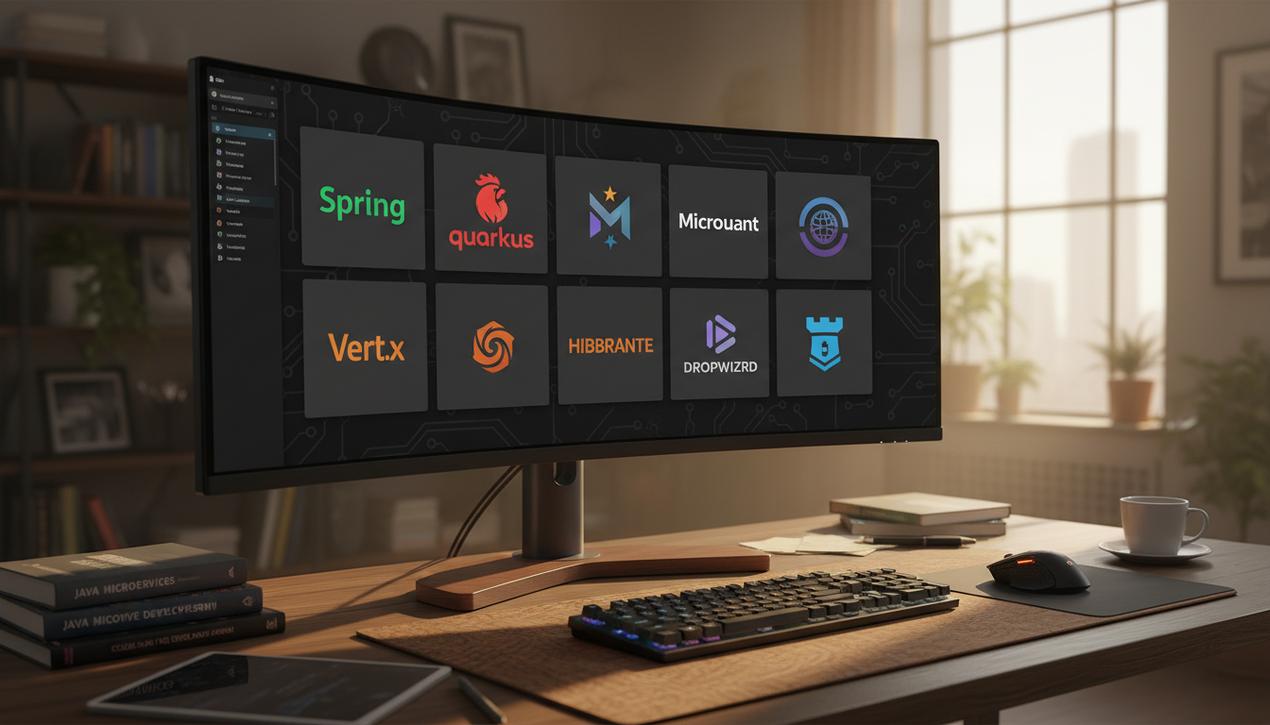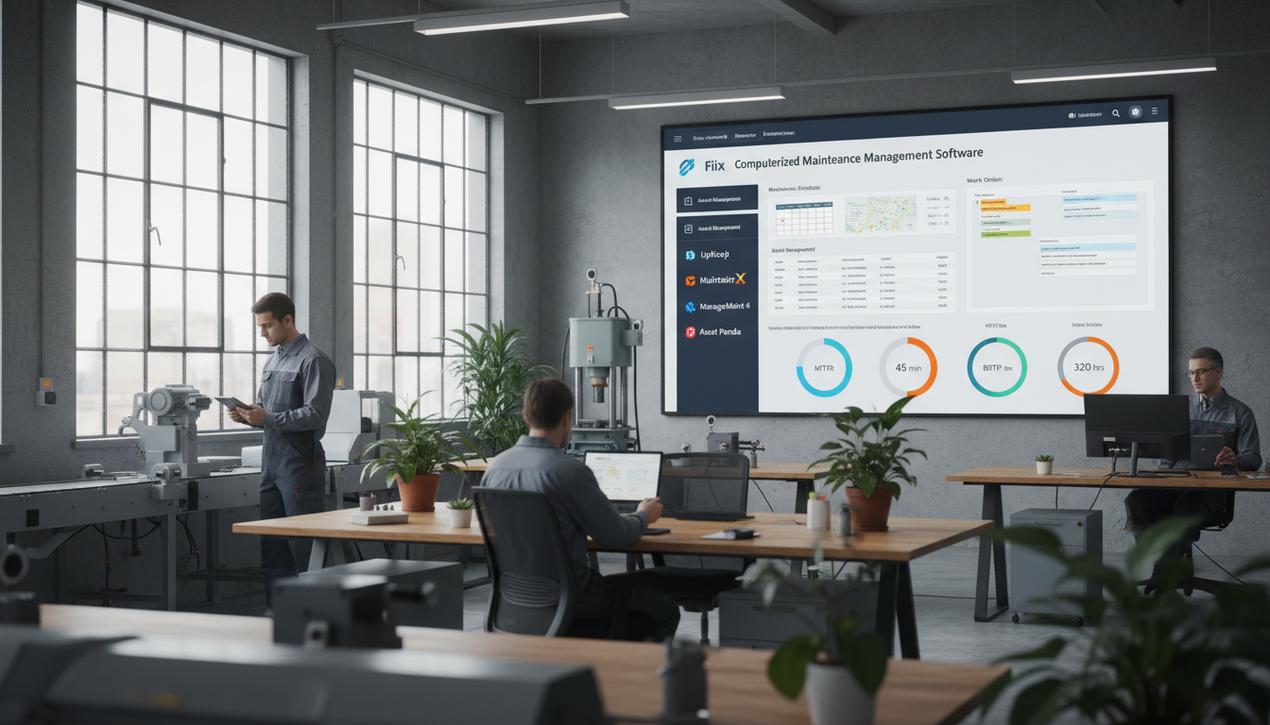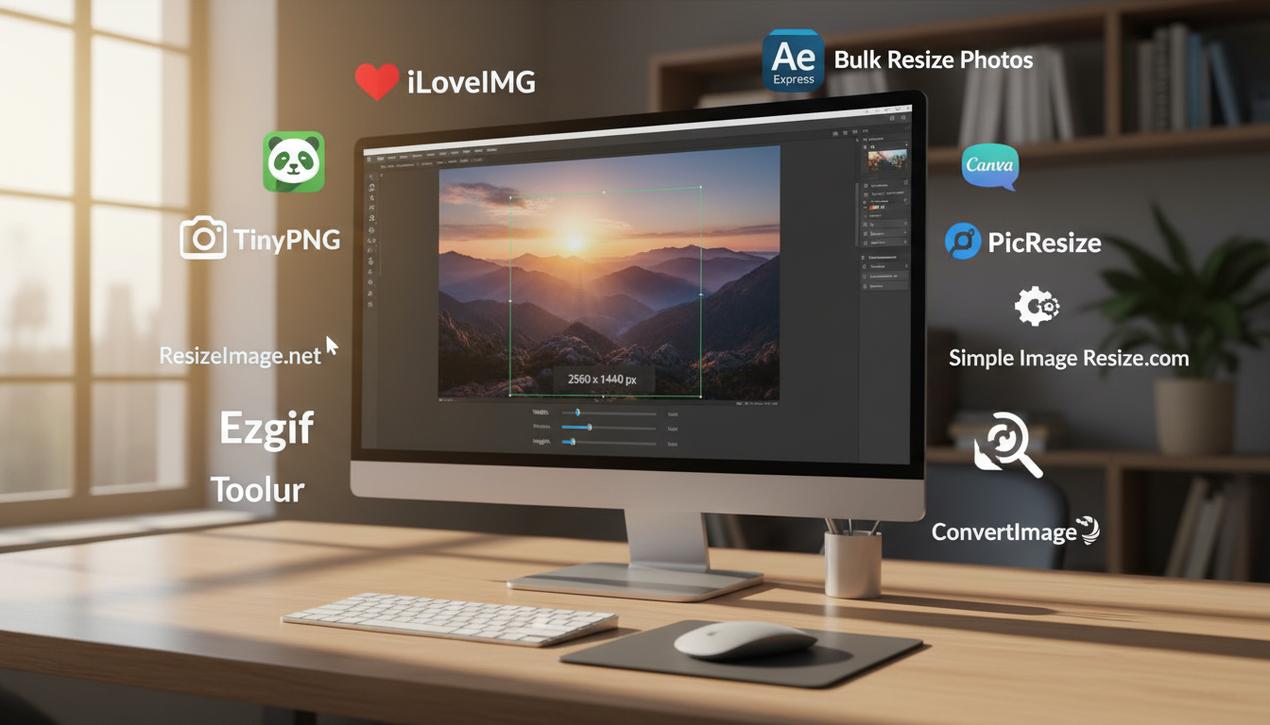Top Java Frameworks to Master in 2025


Despite being nearly three decades old, Java remains an undeniable powerhouse in the software development universe. In 2025, it consistently ranks among the top three most used programming languages globally, supported by a massive community of over 10 million active developers. This remarkable longevity is due to its robustness, portability, and, most importantly, an extraordinarily rich and dynamic ecosystem of frameworks. Far from being static, this ecosystem is thriving, driven by foundational trends like cloud-native computing, microservices, and reactive programming. Statistics show that over 60% of enterprise applications built with Java rely on a major framework like Spring. Therefore, choosing the right framework is no longer a mere technicality; it’s a strategic decision that directly impacts the performance, scalability, and time-to-market of any project. This comprehensive guide explores the most relevant and powerful Java frameworks to master in 2025 to build the applications of tomorrow.
Why Choosing the Right Java Framework Is Crucial in 2025
A framework provides a foundational structure, a skeleton upon which developers can build an application without reinventing the wheel. It establishes a set of best practices and offers a multitude of ready-to-use libraries to handle complex tasks like security, database access, and web request management. In 2025, their role is even more central due to the rise of new software architectures.
The Era of Cloud-Native and Microservices
The dominant trend is the shift from monolithic applications to microservices architectures, which are designed to be deployed and scaled in the cloud. This imposes new constraints: applications must have extremely fast startup times, consume minimal memory, and be packaged in lightweight containers like Docker. Modern frameworks are specifically optimized to meet these demands.
The Need for Reactive Programming
Modern applications must handle large volumes of real-time data and respond instantly to thousands of simultaneous requests. Reactive programming is a paradigm that enables the construction of asynchronous, non-blocking systems capable of remaining responsive under heavy load. Many Java frameworks now integrate reactive modules to help build more resilient and high-performing applications.
Developer Productivity and Experience
In a competitive market where talent is scarce, the efficiency of development teams is paramount. The best frameworks aim to reduce boilerplate code, simplify configuration, and provide tools that enhance the entire development lifecycle, from testing to deployment. A good framework, often paired with the top front-end frameworks, makes developers happier and more productive.
The 8 Essential Java Frameworks for 2025
The Java ecosystem is vast, but a few frameworks stand out for their popularity, relevance, and suitability for today’s challenges. Here is a curated selection of 8 essential tools every developer should know.
1. Spring Framework and Spring Boot: The Gold Standard
Spring is more than a framework; it’s a complete ecosystem. It has dominated the Java world for years thanks to its modular approach and its core principle of Dependency Injection, which promotes the creation of robust, loosely coupled applications. Spring Boot, a convention-over-configuration layer on top of Spring, has revolutionized productivity by offering auto-configuration and embedded web servers. It allows developers to create production-ready applications in minutes, making it the default choice for the majority of new enterprise projects, from traditional monoliths to complex microservices.
2. Quarkus: The Cloud-Native Champion
Launched by Red Hat, Quarkus is specifically engineered for what it calls “Supersonic Subatomic Java.” It is optimized for GraalVM, a high-performance virtual machine that can compile Java code into a native executable. The results are astonishing: near-instantaneous startup times (measured in milliseconds) and drastically reduced memory consumption. This makes Quarkus the ideal framework for serverless functions, microservices, and any application deployed in containerized environments like Kubernetes.
3. Micronaut: The Reactive and Lightweight Alternative
Similar in its goals to Quarkus, Micronaut is another modern framework focused on cloud-native development. Its unique feature is that it resolves dependencies at compile time rather than at runtime, which significantly reduces memory footprint and accelerates startup. It natively embraces reactive programming principles and positions itself as an excellent alternative for building efficient microservices and serverless applications.
4. Jakarta EE: The Enterprise-Grade Standard
Formerly known as Java EE, Jakarta EE is a set of specifications maintained by the Eclipse Foundation. It represents the industry standard for developing large-scale enterprise applications. While sometimes perceived as heavier than its modern counterparts, it offers proven stability, security, and interoperability. Implementations like WildFly and Open Liberty continue to modernize the platform, making it a relevant choice for environments that demand standardization and battle-tested robustness.
5. Vert.x: The Pinnacle of Reactive Programming
Also under the stewardship of the Eclipse Foundation, Vert.x is a polyglot toolkit (usable with Java, Kotlin, Groovy, and more) for building reactive applications on the JVM. It operates on an event-driven, non-blocking model, allowing it to handle a massive number of concurrent connections with very few resources. It is the framework of choice for real-time applications, data streaming services, API gateways, and any system that requires high-performance concurrency.
6. Hibernate: The Pillar of Data Persistence
While not a full-stack application framework, but an ORM (Object-Relational Mapping) framework, Hibernate is so fundamental to the Java ecosystem that it is an essential component to master. It radically simplifies interaction with relational databases by mapping Java objects to database tables. Nearly every other major framework, including Spring and Jakarta EE, integrates seamlessly with Hibernate. A deep understanding of it is indispensable for any Java developer working with data.
7. Play Framework: Productivity and Rapid Development
Play stands out with its sharp focus on developer productivity. It offers a very fast development cycle with hot code reloading, allowing developers to see their changes instantly without a lengthy redeployment process. Built on an asynchronous and reactive architecture, it is highly performant and resource-efficient. It is an excellent choice for web applications that require rapid, iterative development.
8. Dropwizard: Simplicity for Pragmatic Microservices
Dropwizard takes a pragmatic approach: it bundles a set of mature and stable Java libraries (like Jetty for the web server and Jackson for JSON) into a simple, lightweight package. It is specifically designed for creating high-performance RESTful web services with minimal configuration. It is the perfect solution for teams that want to build straightforward and effective microservices without the overhead of a larger ecosystem.
How to Choose the Right Framework for Your Project
The “best” framework does not exist in a vacuum; there is only the best framework for a specific need. To make the right choice, evaluate your project against several key criteria:
- Architecture Type: Are you building a monolith, a microservices architecture, or serverless functions? For microservices and serverless, Quarkus and Micronaut are top contenders. For a robust monolith, Spring Boot remains the undisputed leader.
- Learning Curve: If your team is already proficient with the Spring ecosystem, staying within it can boost productivity. Frameworks like Dropwizard are much simpler to learn for smaller-scale projects.
- Performance Needs: For applications requiring extremely high concurrency and low latency, a fully reactive solution like Vert.x will be more suitable.
- Ecosystem and Community: A popular framework like Spring benefits from vast documentation, countless tutorials, and a massive community ready to help, which is a major advantage for troubleshooting.
The Java ecosystem in 2025 is more vibrant and innovative than ever. Historic frameworks like Spring have successfully reinvented themselves for the cloud era, while new players like Quarkus and Micronaut are pushing the boundaries of performance and efficiency. Selecting a Java framework, much like choosing from the top PHP frameworks, is a trade-off between familiarity, performance, productivity, and the specific needs of your target architecture. By understanding the strengths of each tool, developers can build applications that are not only functional but also resilient, scalable, and perfectly suited to the technological challenges of today and tomorrow.




